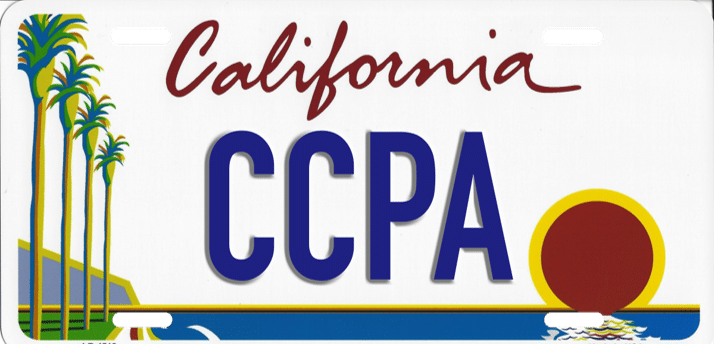
CCPA Consulting Services
At Red Clover Advisors, we know that the range, scope and updates of the CCPA law is a challenge. The California Consumer Privacy Act (CCPA) now including changes contained in the California Privacy Rights Act (CPRA), regulates businesses handling personal data of California residents. Compliance with CCPA is not only a legal necessity but also a key step in protecting your customers’ privacy and fostering trust. At Red Clover Advisors, we offer expert CCPA consulting services designed to guide your business through compliance and ensure data privacy practices are robust and sustainable.
Why CCPA Compliance Matters
Non-compliance with the CCPA can lead to severe financial penalties and damage your company’s reputation. The CCPA aims to give California residents more control over their personal data and requires businesses to adopt transparent and secure data management practices.
Whether you’re a small business or a large corporation, if you collect, process, or share personal data of California residents, Red Clover Advisors can help you comply with these important regulations. Failure to meet CCPA requirements could lead to significant fines, and more importantly, loss of consumer trust.
Our CCPA Consulting Services
At Red Clover Advisors, we offer comprehensive CCPA consulting services to help businesses of all sizes achieve compliance and protect sensitive customer data. Our services include:
Privacy Program Assessment
Red Clover conducts thorough evaluations of your organization’s privacy practices, benchmarking them against CCPA, as amended by CPRA, requirements. This assessment identifies compliance gaps and provides a prioritized roadmap for remediation, ensuring adherence to principles such as data minimization, purpose limitation, and accountability.
- Planning & Document Request: Red Clover will lead a project planning session to confirm the scope, identify key stakeholder groups for interviews, and submit our initial request for documents to support our analysis.
- Privacy Assessment: We will provide a customized, company-wide questionnaire covering overall privacy topics to gather baseline information. We will conduct interviews with key stakeholders to gather further information on privacy practices.
- Privacy Action Plan: Our team will identify potential privacy risks and CCPA compliance gaps. We will prioritize and score the identified risks based on their potential impact on the organization, then use the scores to assess the overall maturity of the privacy program.
This service helps organizations meet the CCPA’s, as amended by CPRA, demand for accountability and proactive privacy management.
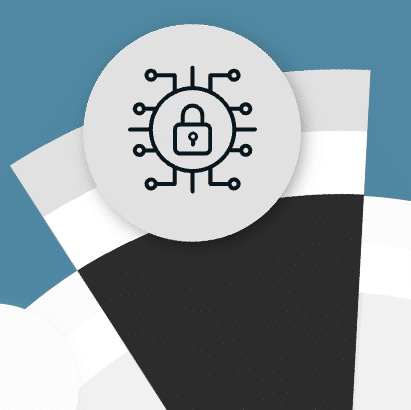
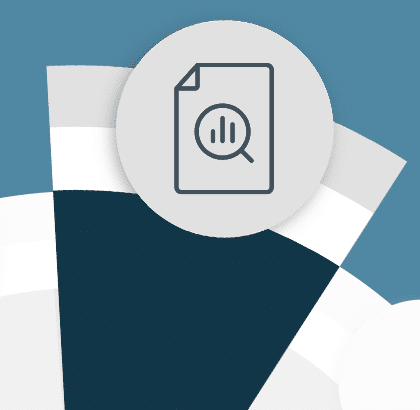
Regulatory Compliance
The CCPA introduces detailed compliance requirements for businesses processing California residents’ personal information.
- Operationalizing Compliance: Red Clover will implement programs to ensure proper notice to consumers about personal information collection.
- Managing Data Sharing: Red Clover will evaluate and recommend changes to ensure compliant processes to opt out of the sale or sharing of their personal information.
- Handling Sensitive Data: We will advise on management of restrictions placed on the use of sensitive personal information, including ensuring it is used only for necessary and disclosed purposes.
- Privacy Rights: The CCPA requires businesses to designate someone responsible for handling consumer privacy requests. Red Clover can help define the position, ensure processes are in place to support that person, and provide experienced professionals to support that person.
Red Clover ensures compliance with these provisions while reducing risks of enforcement actions or penalties.
Cookie Consent Management
Under the CCPA, as amended by CPRA, cookies can constitute “personal information” if they can identify a consumer or household. The law’s “Do Not Sell and Share” requirement mandates the right to opt out of the sale or sharing of personal information.
- Managing “Do Not Sell or Share My Personal Information” Opt-Out Requests: Red Clover will assist in implementing tools to allow consumers to opt out of the sale or sharing of their personal information and to facilitate compliance with browser or device level Global Privacy Control (GPC) signals.
- Compliant Banner Design: Cookie banners are not required for CCPA, but if you choose to use them, there are requirements for compliance. Red Clover will create cookie banners that meet requirements for clear, affirmative consent and link to detailed opt-out mechanisms as required for data sharing.
- Continuous Monitoring: Red Clover will ensure that cookie practices are up-to-date with evolving guidance from the California Privacy Protection Agency (CPPA).
This ensures that your digital platforms align with the law’s transparency and consent provisions.
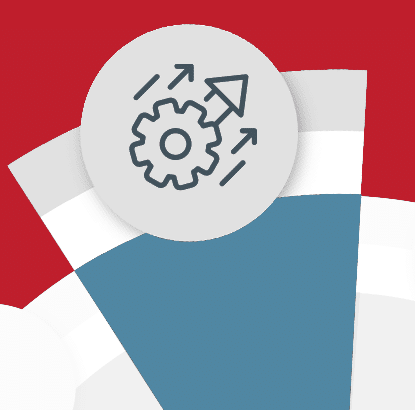
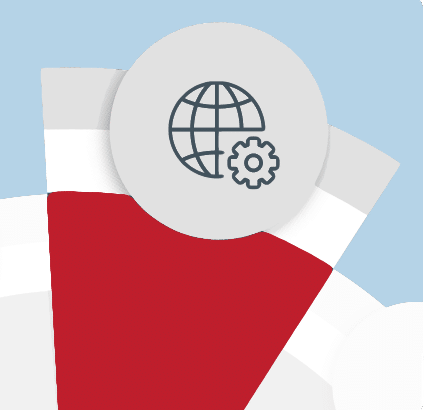
Data Inventory Management
Under CCPA, businesses are required to have a business purpose for processing data, honor privacy rights, and disclose the categories of personal information they collect, use, and share. A data inventory is the foundational step in a privacy program to help companies manage these requirements. Red Clover helps by:
- Data Discovery: Working with and interviewing stakeholders to identify personal information collected and stored and how it’s being used and shared. Red Clover will help identify the business purpose of these activities.
- Data Mapping Software: Implementation and deployment of data mapping software.
- Policies, Processes and Procedures: Red Clover will create a company policy that accounts for your company goals and activities as well as the relevant regulatory requirements. It will also include processes to update policies and procedures going forward.
- Maintenance and Ongoing Assessments: Red Clover will provide the knowledge and/or personnel to keep technology and programs up to date and to ensure ongoing assessments occur as needed.
This service strengthens your ability to ensure compliance with CCPA’s requirements, respond to audits or data subject requests while maintaining accountability.
Privacy Rights
The CCPA offers consumer rights, including access, deletion, correction, and the right to opt out of the sale or sharing of personal information.
- Establishing Workflows: Red Clover can create systems to verify and process consumer requests within the statutory timelines.
- Implementing Do Not Sell/Share Mechanisms: We will set up compliant opt-out processes, including honoring GPC signals.
- Managing Sensitive Data Requests: Red Clover will advise on processes to handle limitations on the use of sensitive personal information.
- Marketing Communications: We will ensure compliance with the requirements regarding opting out, unsubscribing, and objecting to data processing.
- Loyalty Programs: Red Clover will ensure compliance with the CCPA requirement for explicit opt-in consent prior to participation in a loyalty program and disclosure of financial incentives by joining a loyalty program.
By operationalizing these rights, Red Clover ensures you uphold consumer trust and meet regulatory requirements.
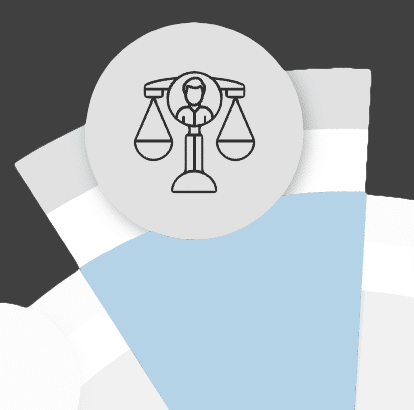

Privacy Notices
Transparency is a key tenet of the CCPA, as amended by CPRA. Privacy notices must inform consumers about how their personal information is collected, used, and shared.
- Drafting External and Employee Notices: Red Clover will create detailed, compliant notices covering requirements such as categories of data collected, purposes for processing, sharing of personal data to third parties and consumer rights.
- Updating Notices: Red Clover updates notices regularly to reflect changes in data processing or legal obligations.
These efforts ensure that your organization meets the transparency obligations central to the CCPA.
Privacy Impact Assessment (PIA)
The CCPA now mandates risk assessments for high-risk processing activities.
- Manage Assessments: An assessment evaluates the impact of processing sensitive data, automated decision-making, or large-scale profiling activities. Red Clover identifies when an assessment should be created and documents that in a policy & procedure.
- Execute the Assessment: Red Clover will identify the correct contributors, create an assessment template, share with the identified contributors, and gather and review the assessment results.
- Identify Mitigation Strategies: Red Clover will recommend measures to reduce risks to consumers’ privacy and security.
This service minimizes risks and demonstrates proactive compliance with the CCPA.

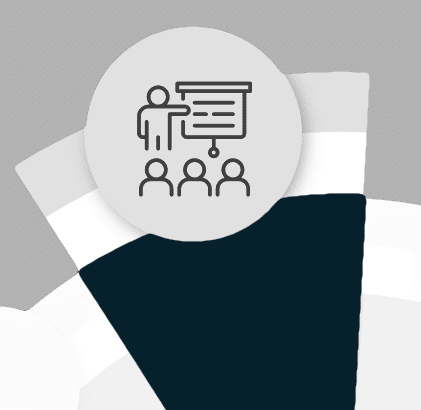
Training
Employee awareness is critical for compliance with CCPA, which requires businesses to ensure that individuals responsible for handling consumer requests understand the law.
- Privacy Rights Training: Red Clover can educate employees on their roles in maintaining compliance, including handling access, deletion, and opt-out requests.
- Role-Specific Training: We will create and operate tailored sessions for executives, legal teams, IT professionals, and customer-facing staff.
- Building a Privacy Culture: Red Clover will advise on promoting understanding of the principles underpinning the CCPA, ensuring compliance becomes an organizational priority.
This reduces the risk of human error and reinforces trust with consumers.
Cybersecurity
The CCPA includes provisions for reasonable security measures to protect personal information. Red Clover Advisors will work with your company and security teams on identifying how to address compliance with the security requirements.


Third-Party Risk Management
Under CCPA, businesses are required to ensure that service providers and contractors comply with privacy obligations.
- Manage Assessments: Red Clover identifies when a third-party assessment should be created and documents that in a policy & procedure.
- Execute the Assessment: Red Clover will identify the correct contributors internally and from third-parties, create an assessment template, share with the identified contributors, and gather and review the assessment results.
- Identify Mitigation Strategies: Red Clover will recommend measures to reduce risks from third-parties to consumers’ privacy and security.
This ensures accountability across your data ecosystem.
AI Governance
The use of Artificial Intelligence (AI) is increasingly scrutinized under the CCPA. Red Clover will:
- Document Practices: Red Clover will advise on maintaining records of AI processing activities to demonstrate accountability.
- AI Policies & Procedures: Red Clover will advise on how AI impacts current and new policies and procedures.
- Review Use Cases: As AI enters the enterprise, Red Clover will review new AI-impacted use cases and determine the privacy risk to the company.
- AI Risk Assessments: Red Clover will conduct risk assessments to understand the impact of new AI technologies.
- Training: Red Clover can create and conduct training to include AI and its impact on privacy.
By aligning AI initiatives with the CCPA, Red Clover ensures ethical and compliant use of advanced technologies.


Why Choose Red Clover Advisors for Your CCPA Consulting Needs?
The Red Clover Advisors team brings a wealth of experience and deep expertise in data privacy laws, including the CCPA. We have a proven track record of helping businesses navigate complex compliance requirements. We understand that every business is unique. Our consulting services are customized to your company’s needs, addressing your specific challenges and providing solutions that work for you.
By partnering with Red Clover Advisors, you can rest assured that your business is protected from potential fines, litigation, and reputational damage. We help you proactively address compliance gaps before they become risks.
Contact Red Clover Advisors Today
CCPA compliance is critical to protecting your business and respecting consumer rights. Contact Red Clover Advisors today to schedule a consultation and begin your journey toward full compliance with the CCPA.

